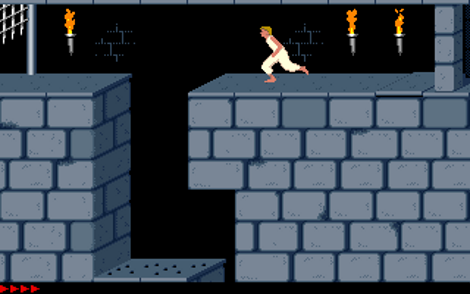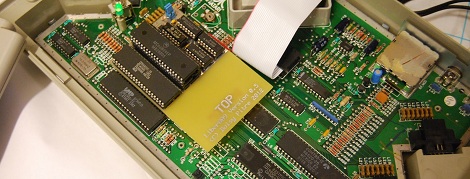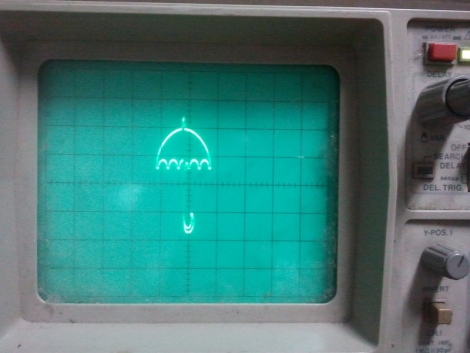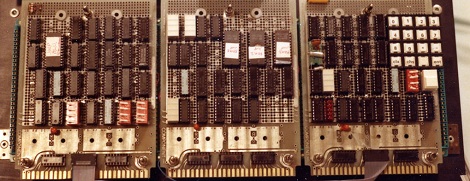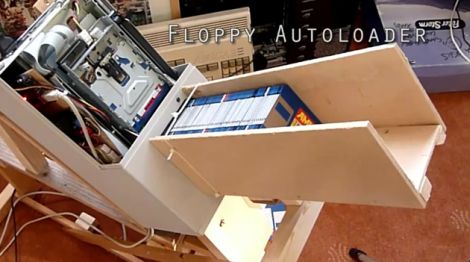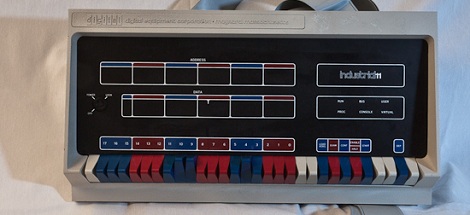
A few old timers may remember that once, long ago, computers didn’t require keyboards. The earliest personal computers such as the Altair 8800 and the server rack-sized minicomputers like the PDP-11 could be controlled with a panel filled with switches and lights, giving us the term blinkenlights. Today, most of these machines have been thrown away or locked up in museums and private collections; even if you were to get your hands on one of these control panels, you’ll have a heck of a time doing something useful with one.
Fear not, because [Jörg] has come up with a great way to control these blinkenlights and simulate the computers of yesteryear. He calls his build BlinkenBone, and it’s able to control the blinkenlight panels from dozens of historical computers and simulate every thrown switch and tiny light bulb.
BlinkenBone is a BeagleBone single board Linux computer running the SimH simulator for antique computers. Right now the BlinkenBone is able to simulate the PDP-1, PDP-8, PDP-11, a lot of old IBM machines, the Altair 8800, and even some HP boxes.
Without a BlinkenBone or similar simulation device, the still-surviving control panels for these computers are just pieces of art to hang on a wall. When they’re running a simulation of their original hardware that was long-lost to the scrap yard, they become the useful devices they once were. Also, it’s much easier to appreciate how far technology has come in the last 40 years.
You can check out a short demo of [Jörg] using his BlinkenBone on a PDP-11/40 after the break. Look at those lights go.
Continue reading “Controlling Blinkenlights With Modern Computers”

